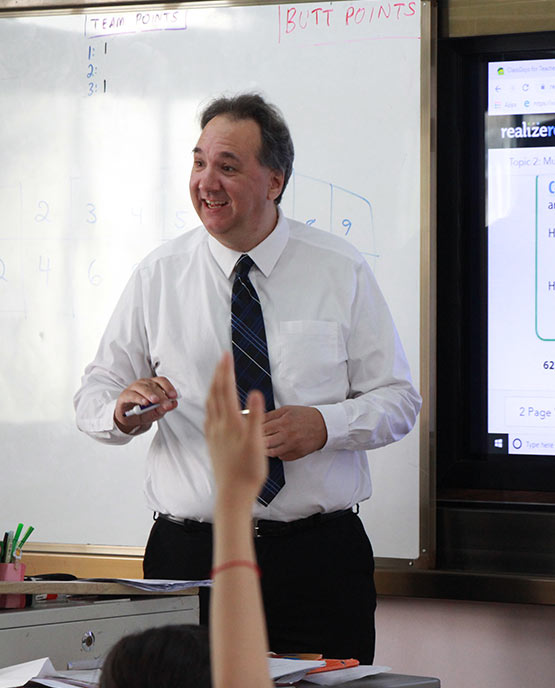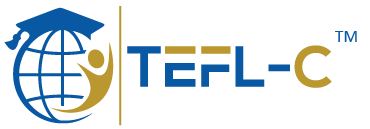Just a few decades ago, teaching young children English as a foreign language (EFL) was virtually unheard of. Today, however, the practice is commonplace in many parts of the world, including Eastern Europe, Central and Latin America, and, perhaps most notably, in Asia. Unfortunately, teacher preparation programs have lagged far behind this educational trend, and in many of these regions there is a severe shortage of EFL teachers, especially those who are knowledgeable in teaching EFL to such a young age group. The English teacher training programs that do exist in these parts of the world often ignore the distinction between teaching English as a foreign language and teaching English in a country where the language is commonly spoken in everyday life, and they continue to tout age-inappropriate techniques simply because they have been used for years to teach the language to high school students, college students, and businesspeople. Working in association with Teachers College, Columbia University, the Teaching English as a Foreign Language to Children (TEFL-C) certificate program has set out to fill the void by offering this unique certification course designed specifically for teaching English as a foreign language to children between the ages of three and twelve. This page describes the basic structure of the TEFL-C course.
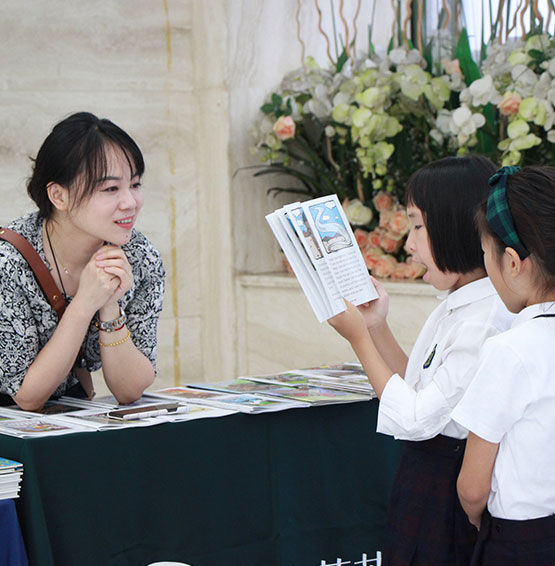
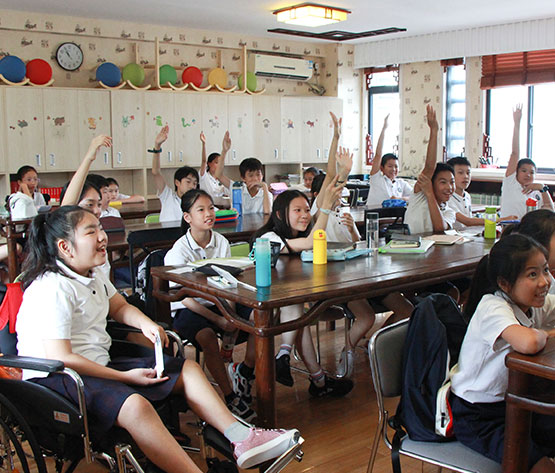
The materials for this program have been written by seasoned EFL teachers of young learners and methodology professors with well over 200 years of collective teaching experience and have been reviewed by language acquisition professors from Columbia University’s world renown graduate school of education, Teachers College, as well as a number of prominent universities in Asia. (See our Course Developers page for an introduction to the authors and advisors who helped to develop the course.) The result is a program that comprehensively covers the most salient topics in teaching English as a foreign language to young learners and closely connects educational theories and approaches to classroom practice. What we do not do is to tell participants exactly which are the “correct” approaches to teaching and which techniques will work for their students. These are matters that are best decided by the classroom teacher because every teacher has his or her own teaching style, and each class and student is unique in ways that only the teacher can know.
The materials offered through the TEFL-C certificate-granting program are rich with practical teaching tips and activities that help to illustrate each concept that is covered. This gives the program unprecedented value to both experienced and aspiring teachers of EFL to young children. This certificate program in Teaching English as a Foreign Language to Children (TEFL-C) is comprised of twenty units that are divided into three major categories: 1) Theories and Approaches; 2) Methods; and 3) Materials & Techniques. Great effort has been taken by the editors, authors, and advisors of this program to connect prominent education and second language acquisition theories and approaches directly to classroom teaching practice. It is our stance that theory is only useful insofar as it can be applied in the classroom. To read abstracts for the 20 included units, please see our Unit Abstracts page.
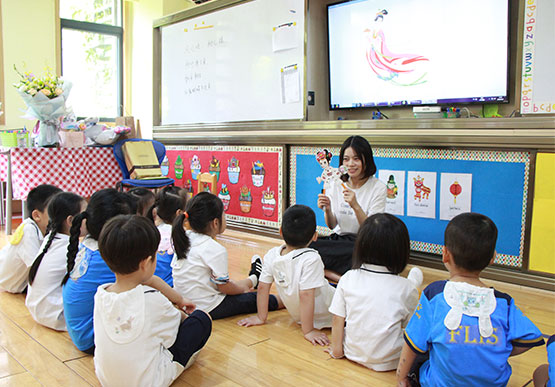
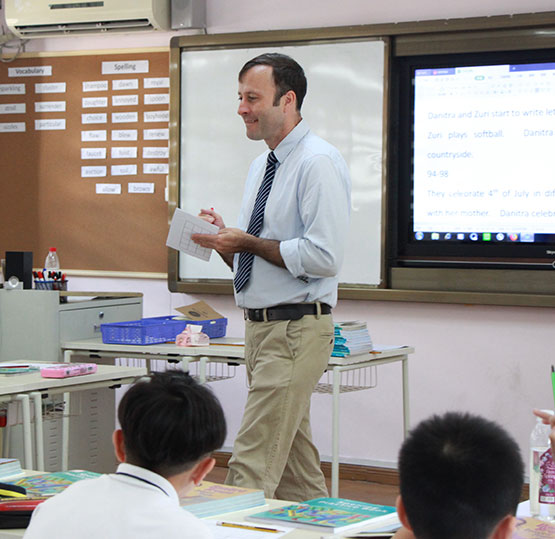
Theories and Approaches units discuss general education and language teaching from a theoretical point of view and use classroom “applications” or activities to illustrate how each theory or approach might be applied to teaching EFL to children. Methods are sets of procedures that cover the day-to-day functions a children’s language teacher might be called on to perform. The processes described in Methods units are more specific than those discussed in Theories and Approaches units, but less specific than those detailed in Materials & Techniques units. In a section called Applicable Theories and Approaches, the Methods units tie each topic to a number of the theories and approaches covered in the earlier units of the program. As with the earlier units, Methods units offer a variety of practical teaching applications or ideas for activities that illustrate how the method at hand might be employed in the classroom. Finally, Materials & Techniques units simply provide teachers with instructions about how to make and maintain their own teaching materials and dozens of additional teaching activity ideas that will make it easier to plan and implement effective, engaging English language classes for young learners.
TEFL-C program participants of live class iterations also attend a series of twenty accompanying interactive workshops presented by topic specialists. The workshops are designed to cover the same material presented in written form here, but to offer additional examples and demonstrations to help make it clear. The workshops also provide participants with the opportunity to ask for immediate clarification concerning certain points that they may still be confused about. Participants are strongly encouraged to read the written unit for each topic prior to attending the accompanying workshop.
After reading each unit of the course, participants submit a written assessment that tests their knowledge of the content of the unit in question. Attendees of live iterations of the program take a final exam after attending all of the sessions, reading all of the written units, and studying in preparation. For a live iteration, participants are not tested on any of the specific teaching techniques or activities taught in the course. To prepare for the exam, participants are strongly encouraged to go back through the written units and read the final Conclusions section to each of the Theories and Approaches and Methods units. These Conclusions sections have been carefully written to summarize all of the key terms and points of the unit. If the participant knows all of those terms and points well, he or she is certain to perform well on the exam.
